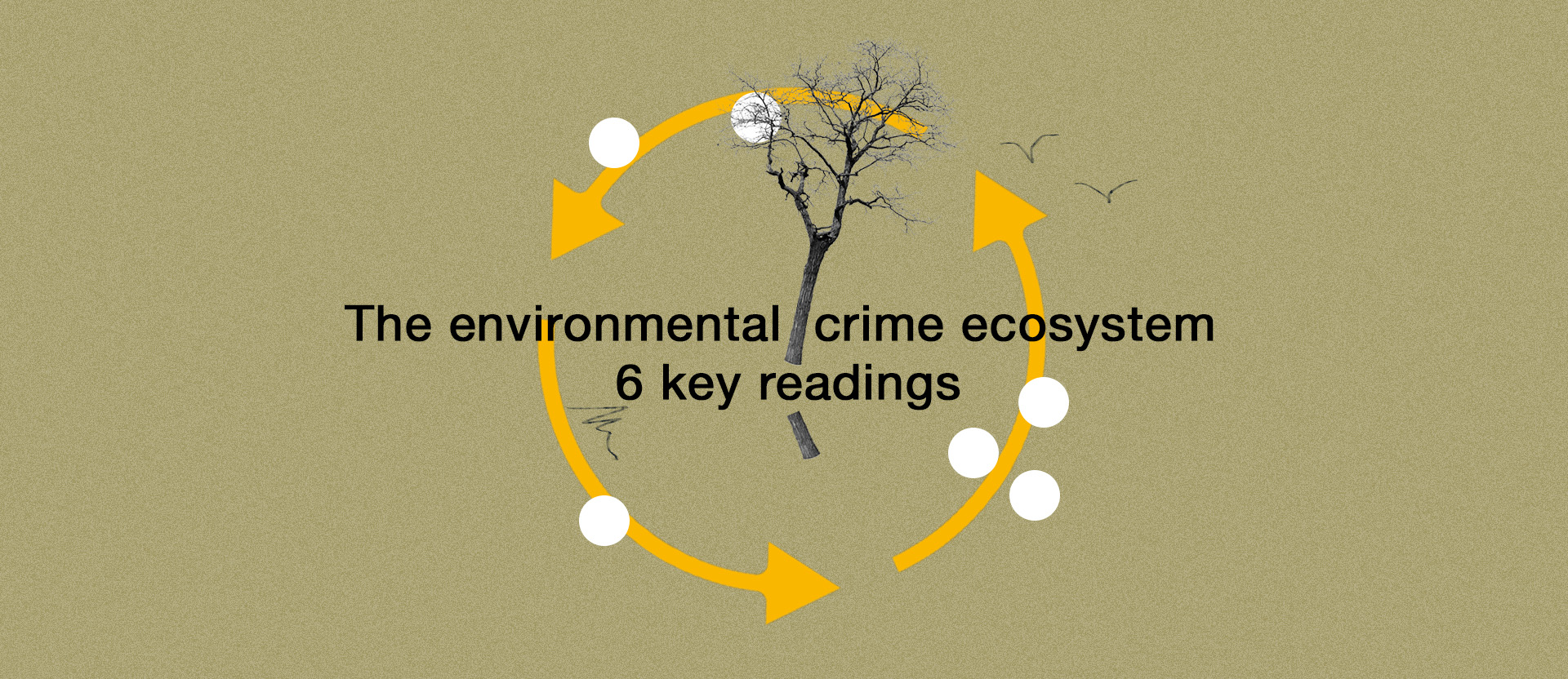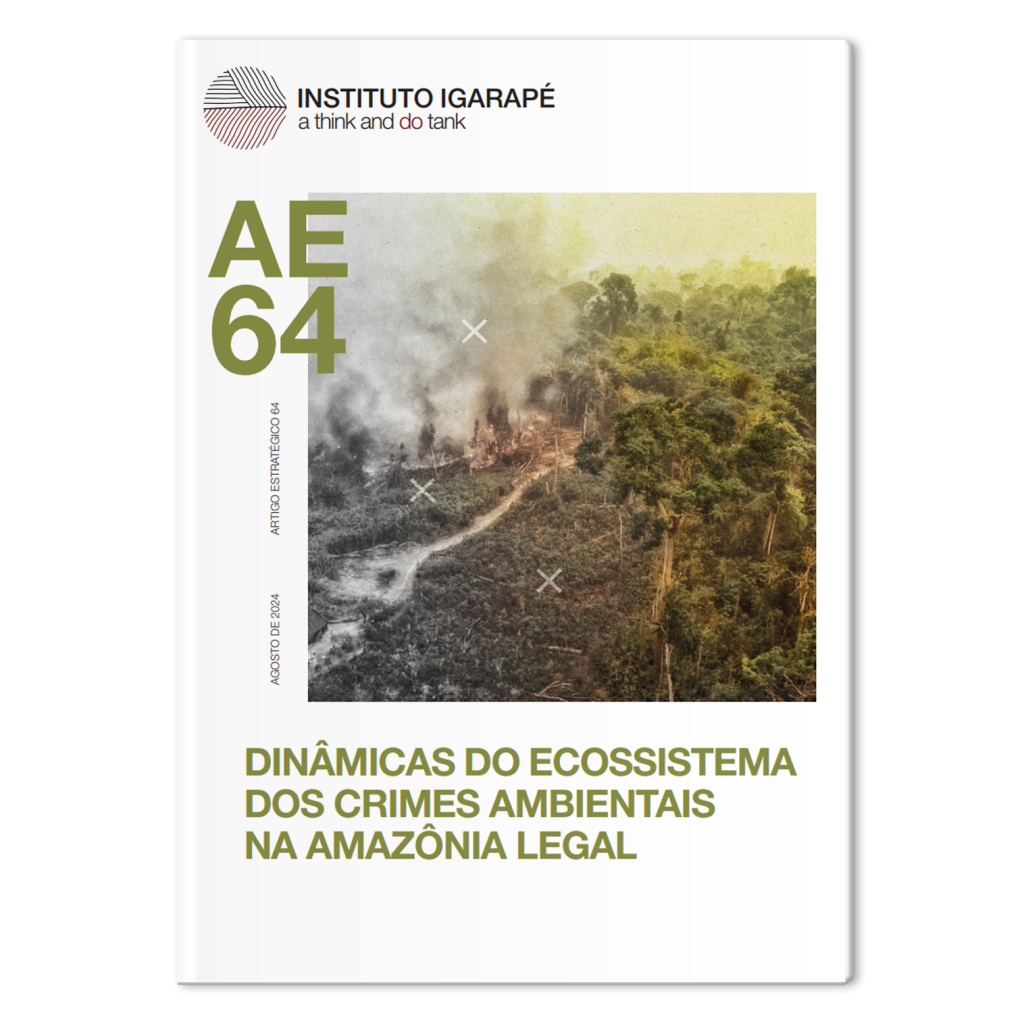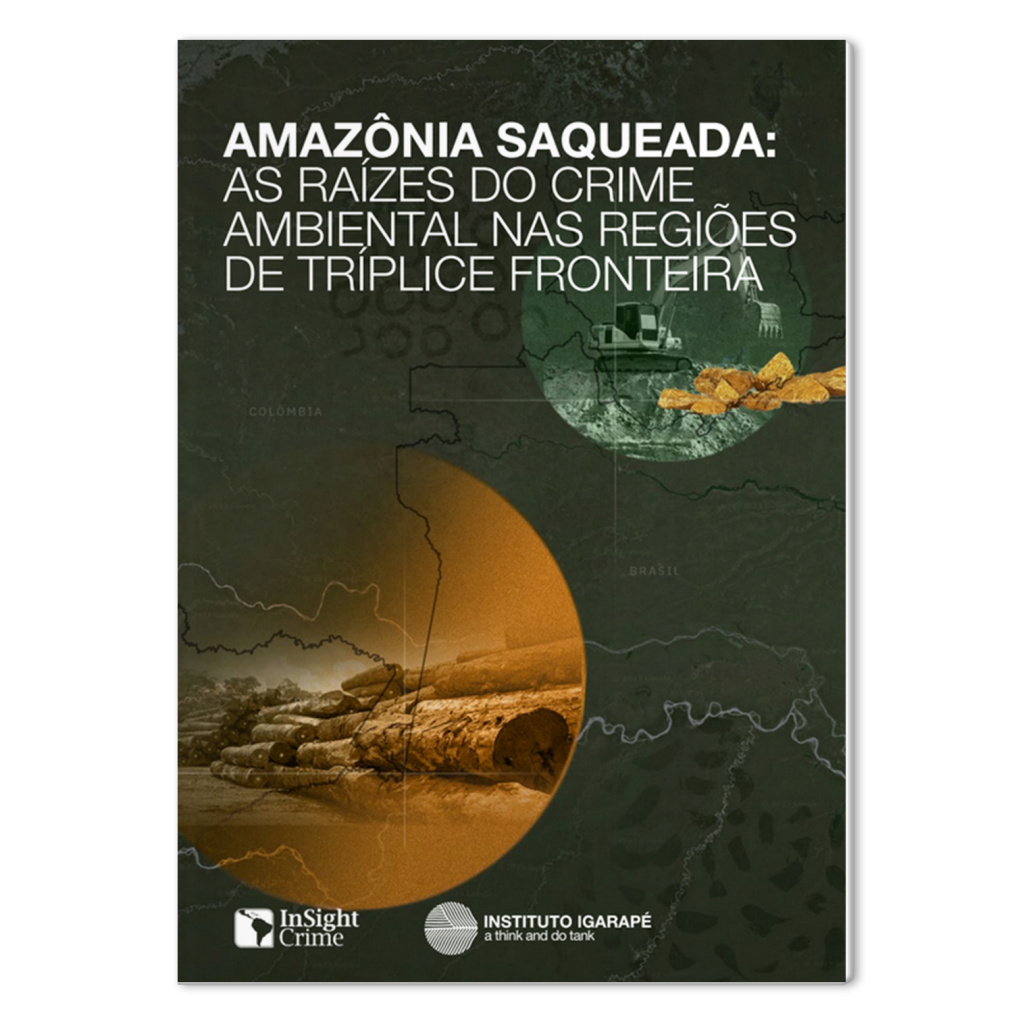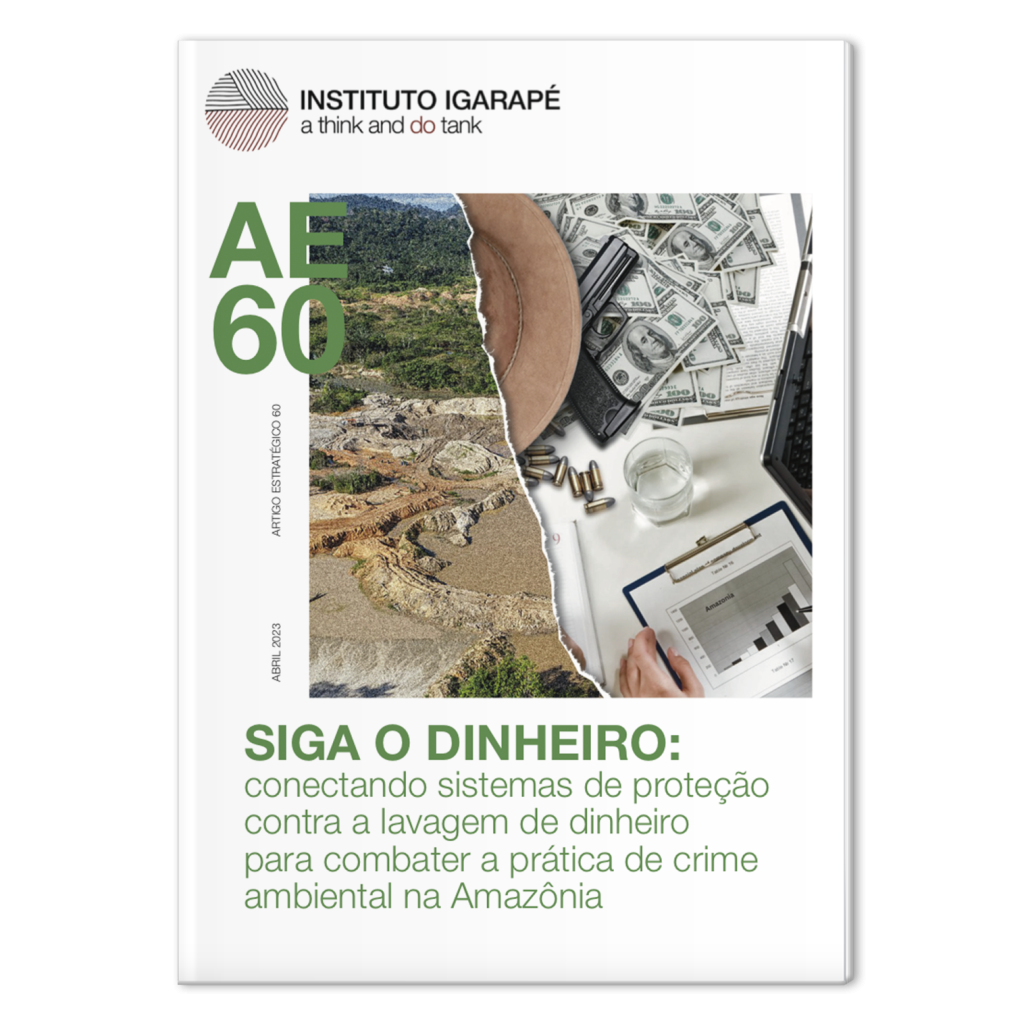The environmental crime ecosystem – 6 key readings

Environmental crimes drive deforestation, biodiversity loss, and land-use change across the Amazon Basin and other Brazilian biomes. Fueled by interconnected illicit markets dominated by cross-border criminal organizations, the criminal ecosystem creates a cycle that could push the forest to the point of no return.
There is no way to limit global warming to 1.5ºC—the goal of the Paris Agreement—without the Amazon Basin. In the Brazilian Amazon, which holds more than 60% of the biome, around 90% of deforestation is illegal. A similarly high proportion occurs in other Amazonian countries. As a result, parts of the Amazon, once a vital carbon sink, have turned into net CO2 emitters, directly contributing to the worsening of climate change.
The main driver of deforestation is environmental crime—the third most profitable criminal activity in the world, generating an estimated US$280 billion annually. This illegal economy also includes illicit mining, land grabbing, agricultural activities marked by environmental violations, wildlife trafficking, and other offenses that degrade biomes while financing criminal networks.
The environmental crime ecosystem thrives where law enforcement is weak, governance is fragmented, and economic alternatives are scarce. In most countries, environmental crimes are still treated as second-tier issues by police forces and the criminal justice system. Many public and private investors continue to shy away from the topic—deemed unrelated to business—despite its deep connections with global supply chains and the international financial system, through which profits from environmental destruction flow and are laundered.
To address this critical issue, beyond recognizing the importance of including it in decision-making, it is necessary to promote bold and inclusive models that can transform the environmental crime ecosystem into one of fair and sustainable bioeconomies. This would provide real, competitive alternatives for those who currently destroy the forest—often as a means of subsistence.
Igarapé has been committed to addressing this challenge and producing in-depth knowledge to support lasting solutions. Learn more here about the Green Bridge Facility initiative, which aims to promote green enterprises in the Amazon and other Brazilian biomes.
Below are six of our publications that are key to understanding what the environmental crime ecosystem is, what fuels it, and how to combat it.
Dynamics of the environmental crime ecosystem in the Brazilian Amazon
Reveals how different illegal activities interconnect and reinforce one another in the Amazon. A clear analysis of the mechanisms and impacts of environmental crime in the region.
Stolen Amazon: the roots of environmental crime in the tri-border regions
Examines how environmental crime intersects with other transnational illicit activities at the Brazil–Colombia–Peru border, exposing the risks and dynamics of this strategic region.
Follow the money: Connecting anti-money laundering systems to disrupt environmental crime in the Amazon
Shows how tracking financial flows is essential to dismantling environmental crime, and how integrating financial and environmental mechanisms can generate concrete results.
Follow the money: How environmental crime is handled by anti-money laundering systems in Brazil, Colombia, and Peru
A groundbreaking comparison of three Amazonian countries. The article assesses whether anti-money laundering systems are adequately prepared—or not—to address environmental crime.
Demonstrates how cattle, timber, and gold supply chains are permeated by illegality, and points to pathways for transforming this scenario.
The ecosystem of environmental crime in the Amazon: An analysis of illicit rainforest economies in Brazil
Provides a comprehensive overview of the illegal economies that feed off the forest’s resources. A key reading for understanding the scale of the challenge of Amazon protection.






